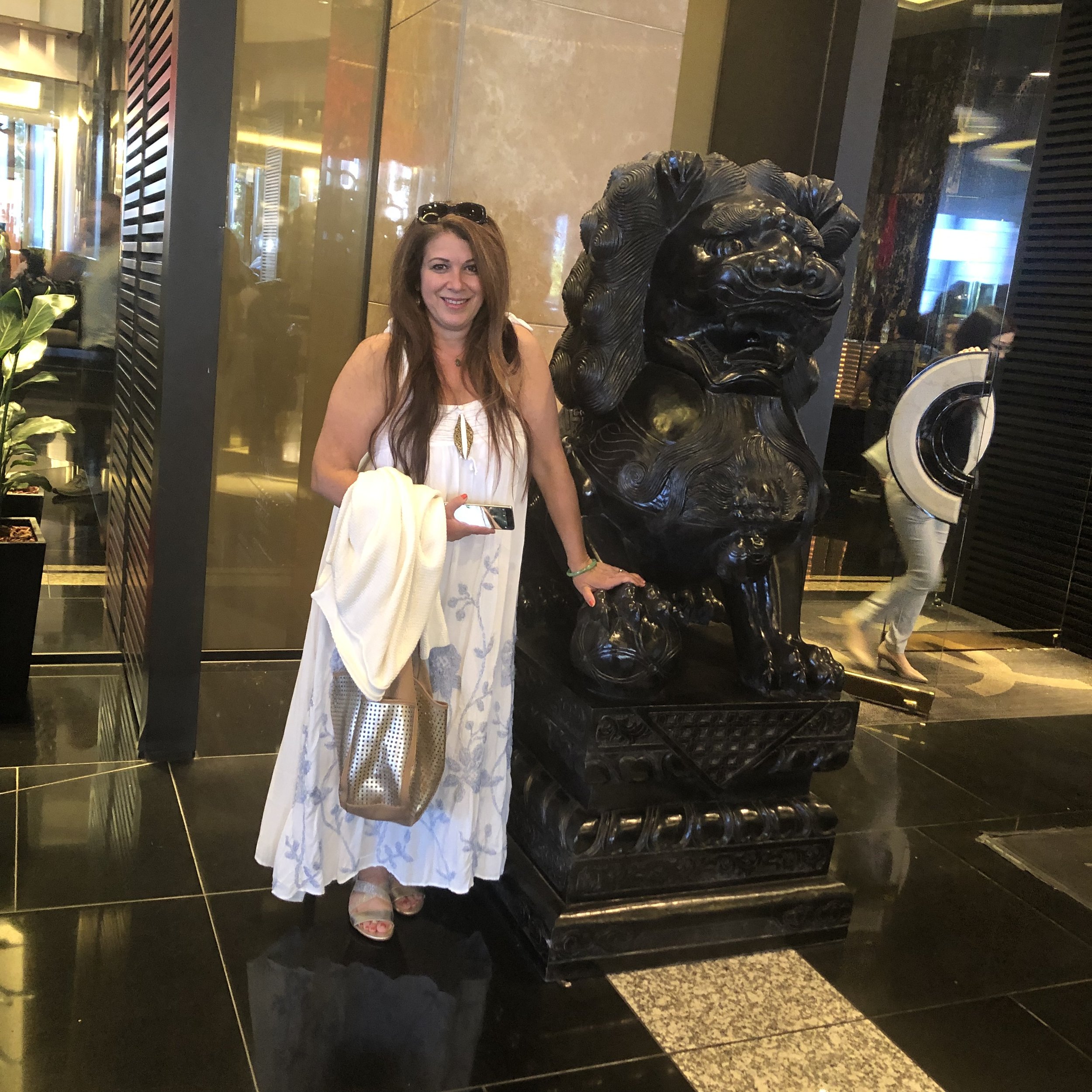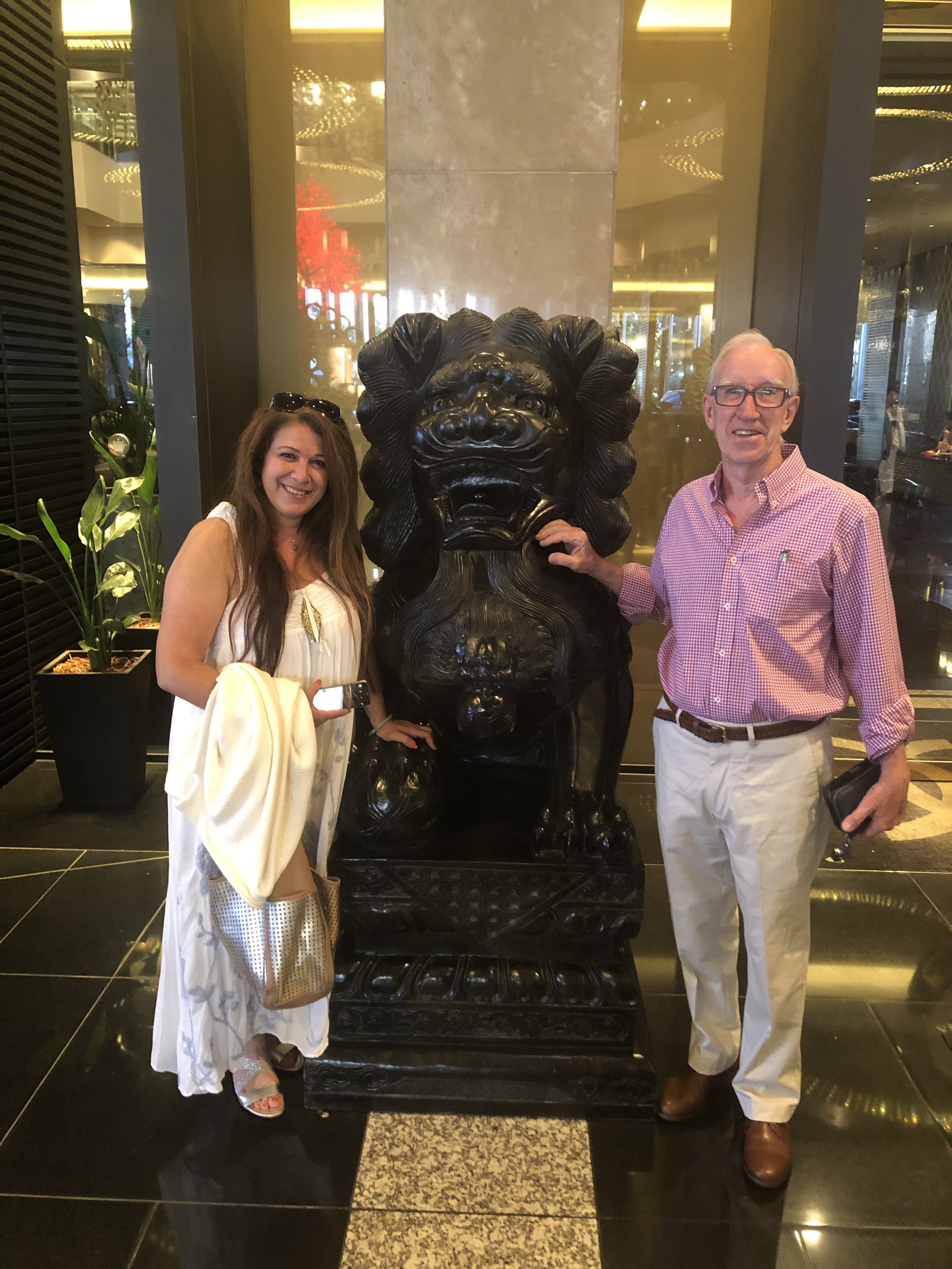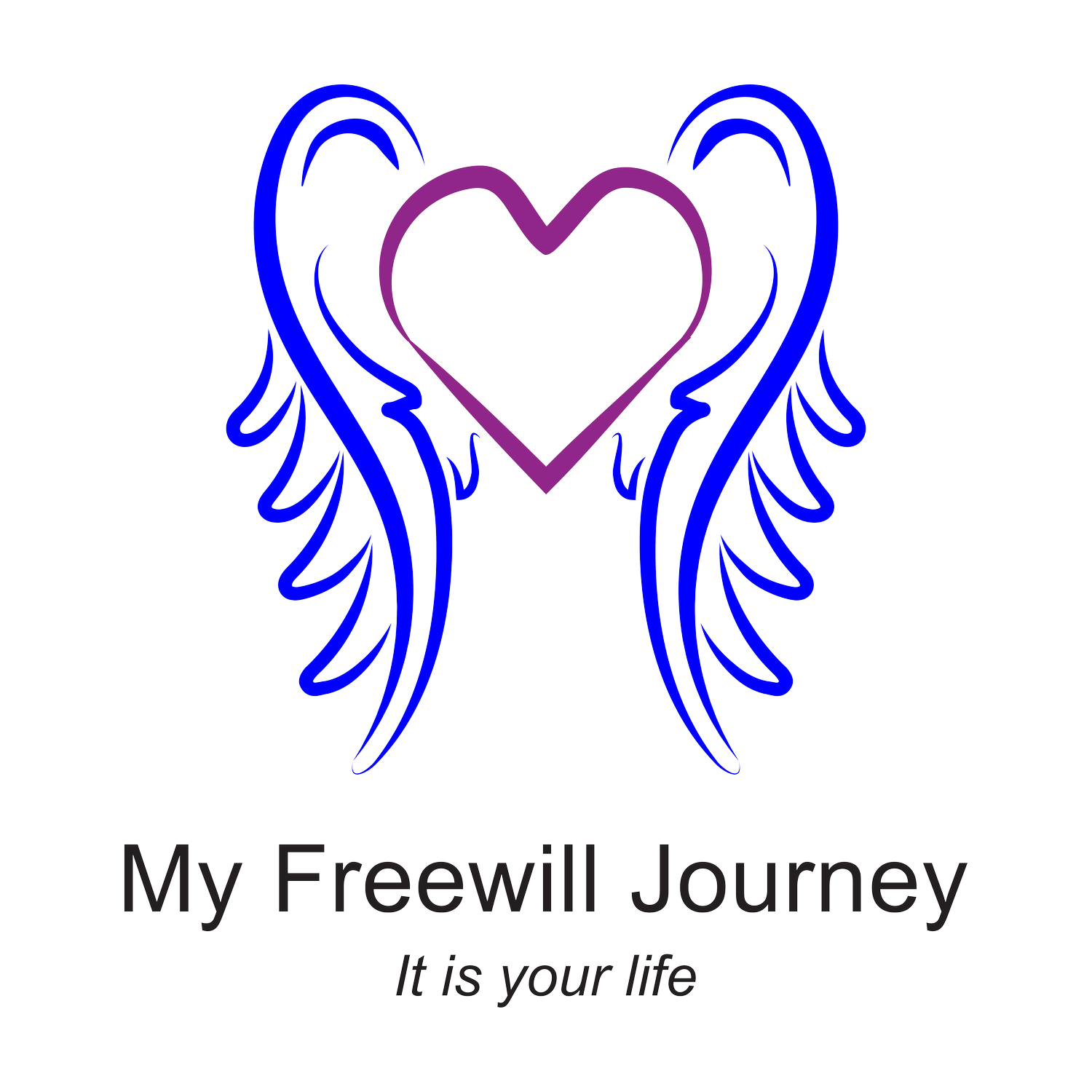Feng Shui
Once you know something about it, you can never let it go! I studied at least 20 years ago and am a consultant for Feng shui,, in Melbourne. I read alot- alot! Did heaps of research reading great books, but now I follow and continue my studies with internationally known, Joey Yap, Malaysia.
I used to attend weekend Psychic Expos in Melbourne, where I would present at stalls, see some photos below. It was very tiring as I was also working full time in the corporate world and studying full time, but these expos taught me a lot about people, the ‘new age’ industry and about what people really want- solutions now!
I have had to ‘unlearn’ all my previous teachings of feng shui, as Joey Yap has introduced me to the ‘get real’ energies of Feng Shui. It is not about buying crystal, frogs, coins etc that enhances our energy/chi in our lives…it is about capturing the energies in our environment and taking personal action to bring luck and abundance into our life.
Chinese New Year in Australia
Many Australians celebrate Chinese New Year, also known as the Spring Festival or the Lunar New Year. It marks the first day of the New Year in the Chinese calendar.
What do people do?
Like in many countries around the world, Chinese New Year celebrations in Australia include the following events and activities:
Street festivals featuring arts, entertainment and children’s activities.
Chinese New Year markets showcasing arts, crafts and food stalls.
Dancing, music and people wearing colorful costumes to welcome the Chinese New Year.
Vibrant displays of Chinese lanterns, firecrackers and fireworks.
Many Chinese Australian families spend Chinese New Year by gathering together for a festive meal. Children often receive red envelopes with money (Hong Bao, Ang Pao, or Lai See). The Chinese New Year celebrations can last for about 15 days. It is usually a busy time filled with festive programs across different communities in Australia.
Public life
Chinese New Year is not a nationwide public holiday in Australia. However, some Chinese businesses may be closed on the day or amend their business hours to take part in the Chinese New Year festivities. There may be heavy traffic and some streets may be closed in towns or cities where Chinese New Year celebrations are held.
Background
Chinese people first came to Australia in large numbers during Australia’s Gold Rush in the 1850s and 1860s. About one-third of the miners were Chinese. Many Chinese-Australian families can trace their settlement in Australia to that time. Monuments and buildings developed by Chinese settlers serve as reminders of the long history of Chinese immigration to Australia. Examples remain in towns such as Ballarat and Bendigo in Victoria. The Chinese-Australian community holds a variety of events to celebrate festivals such as Chinese New Year.
Symbols
Chinese New Year has various symbols and traditions. For example, flowers are an important part of New Year decorations. Writings that refer to good luck are often seen in homes and business environments. They are usually written by brush on a diamond-shaped piece of red paper. Tangerines and oranges are also displayed in many homes and stores as a sign of luck and wealth.
Envelopes with money (Hong Bao, Ang Pao, or Lai See) often come in the color red, which symbolizes happiness, good luck, success and good fortune. These envelopes are mainly given as presents to children. Each Chinese New Year is associated with an animal name for one of 12 animals in the Chinese zodiac.










